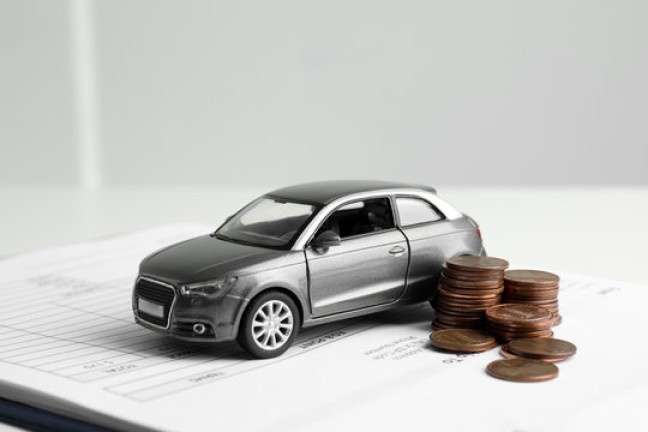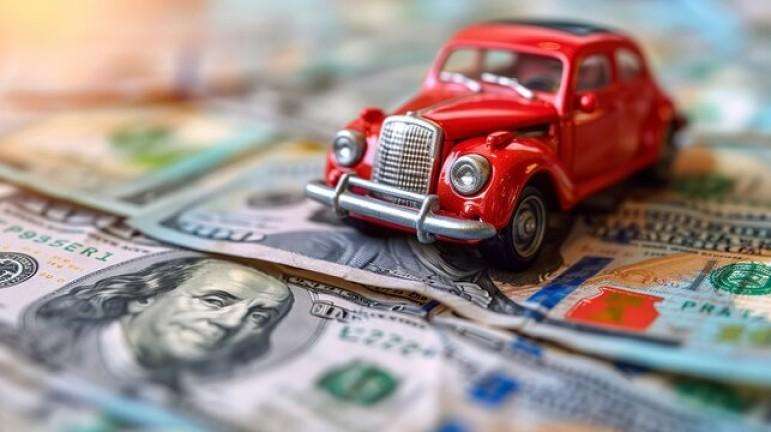When I decided to purchase a car, one of the first things I had to figure out was how to finance it. Like many people, I didn’t have enough savings to buy a new or used car outright. I started looking at car finance options and stumbled upon the term “APR” (Annual Percentage Rate) repeatedly. At first, I wasn’t entirely sure what it meant or how it affected the cost of my car loan. So, I spent some time researching and learning how APR works in car financing. If you find yourself in the same position, let me break it down for you in a simple and practical way.
Table of Contents
What is APR in Car Finance?
APR is the interest rate you pay on a car loan, but it’s not just the interest rate itself. It also includes any additional fees or costs associated with taking out the loan. It’s a percentage that represents the true cost of borrowing money to finance a car. This means that when you look at a loan’s APR, you’re seeing a more complete picture of how much you’ll actually pay over time.
Let me explain it with an example. Let’s say you’re borrowing $20,000 for a car, and the lender offers you an APR of 5%. Over the term of your loan, you’ll pay interest, and this interest will be calculated as part of the APR. APR gives you an annual figure, so if you were to compare different car loan offers, it’s easier to determine which one is the most cost-effective.
Why is APR Important?
Understanding APR is crucial because it directly impacts how much you’ll pay for your car over the life of the loan. A lower APR means you’ll pay less in interest and fees, which can save you a significant amount of money. On the other hand, a higher APR will increase the total cost of the car, and this could be a major financial burden in the long run.
Let’s imagine two loan offers for the same car purchase of $20,000:
| Loan Offer | APR | Monthly Payment | Total Interest Paid | Total Amount Paid |
|---|---|---|---|---|
| Offer A | 5% | $377.42 | $3,144.69 | $23,144.69 |
| Offer B | 10% | $432.25 | $6,173.02 | $26,173.02 |
From this table, you can see that even though the monthly payment for Offer B is slightly higher, the total interest paid is far greater. The total amount paid over the life of the loan also increases with the higher APR.
How Does APR Work?
When you apply for car finance, the lender will assess your financial situation and decide the APR they will offer. Several factors contribute to the APR you’re offered, including:
- Your Credit Score: A higher credit score typically means you’re less risky to lenders, so they’ll offer you a lower APR. A lower credit score suggests you may be a higher risk, so the lender may charge you a higher APR.
- Loan Term: The length of the loan can also impact the APR. Shorter loans often have lower APRs because the lender is exposed to less risk. Longer loans tend to have higher APRs due to the extended repayment period.
- Loan Amount: The amount you borrow can influence the APR. Lenders may offer better rates for larger loans, though this isn’t always the case.
- Market Conditions: Interest rates fluctuate based on broader economic conditions. In periods of economic uncertainty or high inflation, lenders may raise their APRs to protect against risk.
APR vs. Interest Rate: What’s the Difference?
It’s easy to get confused between APR and the interest rate. To clear things up, the interest rate is simply the percentage the lender charges for borrowing money. However, the APR is the more comprehensive figure because it also includes other costs such as loan fees or charges for late payments.
For example, let’s say you have a loan with an interest rate of 5% and no fees. Your APR would also be 5%. But if there are additional fees, such as an origination fee or insurance charges, the APR will be higher than the interest rate. The APR gives you a better understanding of how much you’re truly paying for the loan.
Fixed vs. Variable APR
Car loans can have either a fixed APR or a variable APR. Let’s look at each:
- Fixed APR: With a fixed APR, the interest rate remains the same throughout the loan term. This means your monthly payments will stay the same, and you’ll always know exactly how much you’ll pay in interest.
- Variable APR: A variable APR can change over time, usually in line with market interest rates. This means your monthly payments could fluctuate. If market rates rise, so will your interest payments, making the loan more expensive.
Fixed APRs are more predictable and secure, but variable APRs might start lower, depending on the market. The trade-off is that they can become more expensive if interest rates increase.
How to Compare APRs in Car Finance
When I was shopping around for car finance, I quickly realized that different lenders offer different APRs. To help you compare them, you can use this simple formula to calculate the cost of a loan based on its APR:
\text{Loan Amount} \times \text{APR} = \text{Interest Paid Annually}Let’s apply this formula to a $20,000 loan for two different APRs, one at 5% and the other at 10%, over a 5-year term.
| Loan Amount | APR | Annual Interest | Total Interest Paid (5 years) |
|---|---|---|---|
| $20,000 | 5% | $1,000 | $5,000 |
| $20,000 | 10% | $2,000 | $10,000 |
Clearly, the loan with the 5% APR results in $5,000 in interest over five years, while the 10% APR doubles that cost to $10,000.
How to Get the Best APR on Car Finance
Now that we understand how APR works, how can we get the best possible APR on our car finance? Here are a few strategies I used to secure a better rate:
- Improve Your Credit Score: The better your credit score, the more likely you are to receive a favorable APR. If your score is low, consider taking some time to improve it before applying for a loan.
- Shop Around for Rates: Don’t settle for the first offer you receive. I recommend getting quotes from multiple lenders—banks, credit unions, online lenders—and comparing their APRs.
- Consider a Larger Down Payment: A larger down payment reduces the loan amount, which can make the lender feel more secure and potentially offer you a lower APR.
- Choose a Shorter Loan Term: A shorter loan term typically comes with a lower APR. While this increases your monthly payments, it can save you a lot of money in interest over time.
Examples of APR in Real Life
To give you a clearer picture, let’s run through some practical examples of car financing with different APRs and loan amounts.
Example 1: Loan of $15,000 for 5 Years
| Loan Amount | APR | Monthly Payment | Total Interest Paid | Total Amount Paid |
|---|---|---|---|---|
| $15,000 | 6% | $290.73 | $2,443.66 | $17,443.66 |
| $15,000 | 12% | $332.14 | $4,927.21 | $19,927.21 |
Example 2: Loan of $30,000 for 6 Years
| Loan Amount | APR | Monthly Payment | Total Interest Paid | Total Amount Paid |
|---|---|---|---|---|
| $30,000 | 7% | $501.37 | $4,082.11 | $34,082.11 |
| $30,000 | 14% | $600.63 | $10,837.72 | $40,837.72 |
From these examples, it’s clear that the APR has a significant impact on the monthly payment and the total amount paid over the life of the loan.
Conclusion
In conclusion, understanding APR in car finance is essential for making informed decisions about your loan. By carefully comparing APRs, considering factors like your credit score and loan term, and shopping around, you can save yourself a substantial amount of money. I hope this guide has helped demystify APR and empowered you to make better financial choices when it comes to buying a car.





